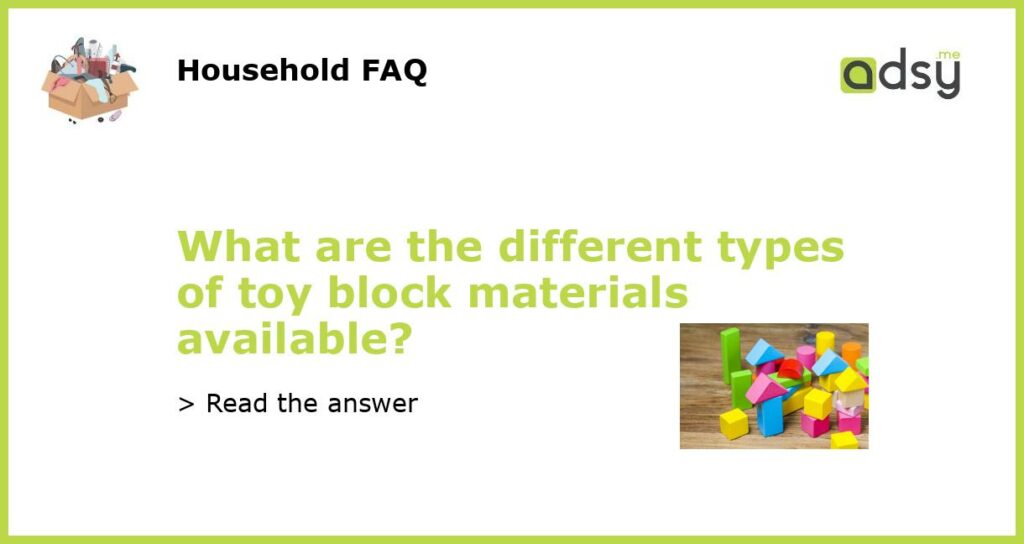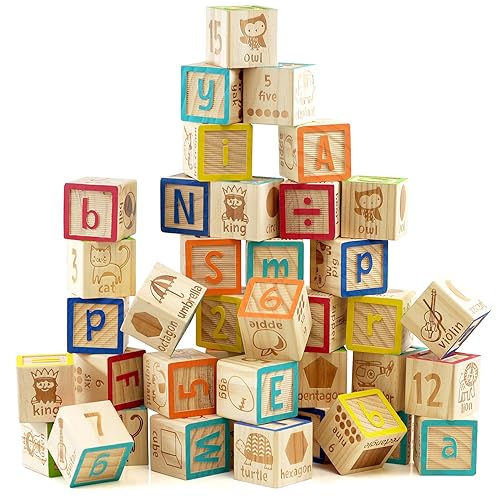Types of Toy Block Materials
Toy blocks have long been popular among children for their ability to stimulate creativity, problem-solving skills, and spatial awareness. There are several different types of materials used to create toy blocks, each with its own unique characteristics and benefits. In this article, we will explore the different types of toy block materials available.
Wooden Toy Blocks
Wooden toy blocks are a classic choice for children of all ages. They are often made from various types of wood such as maple, beech, or pine. Wooden blocks are durable and can withstand rough play. They are also usually non-toxic and safe for children to use. Wooden blocks come in different shapes and sizes, allowing children to build structures of their own imagination. They also provide a satisfying sensory experience for children due to their weight and texture.
Plastic Toy Blocks
Plastic toy blocks are another popular option. They are often made from strong, durable plastic materials such as polyethylene or ABS (Acrylonitrile Butadiene Styrene). Plastic blocks are lightweight and easy for children to handle. They come in a wide variety of colors and shapes, offering endless possibilities for building and creating. Plastic blocks can also be easily cleaned and sanitized, making them a practical choice for early childhood settings.
Foam Toy Blocks
Foam toy blocks are a softer alternative to wooden or plastic blocks. They are made from foam materials such as polyurethane or EVA (Ethylene Vinyl Acetate). Foam blocks are lightweight, safe, and easy for young children to handle. They are often larger in size and have a squishy texture, which makes them suitable for stacking, tossing, and building. Foam blocks are also great for sensory play and can be used in water or sand play.
Magnetic Toy Blocks
Magnetic toy blocks are a more modern option that uses magnetism to connect the blocks together. They are often made from plastic or wood, with embedded magnets that allow the blocks to stick together. Magnetic blocks offer a unique building experience, as they can be easily connected and rearranged without the need for balancing or stacking. This makes them ideal for younger children or those who may have difficulty building with traditional blocks.
Cardboard Toy Blocks
Cardboard toy blocks are a versatile and eco-friendly option. They are typically made from sturdy cardboard materials and can be easily assembled and disassembled. Cardboard blocks are lightweight and safe for children to use. They often come in preprinted designs or blank templates that can be decorated by children. Cardboard blocks are a cost-effective choice and can be reused or recycled after use.
In conclusion, there are several different types of toy block materials available, each with its own unique characteristics and benefits. Wooden blocks are durable and provide a satisfying sensory experience. Plastic blocks offer endless possibilities for building and can be easily cleaned. Foam blocks are soft, lightweight, and suitable for sensory play. Magnetic blocks use magnetism for easy connection and rearrangement. Cardboard blocks are versatile, eco-friendly, and can be easily decorated. By considering the different materials, parents and educators can choose the best toy blocks for children based on their developmental needs and preferences.






